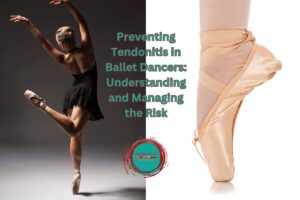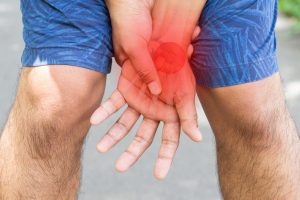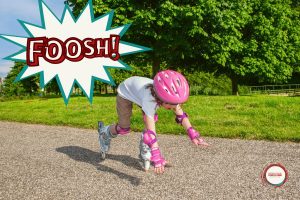For Part 1: The French Open, please click here; for Part 2: Wimbledon, click here

Now the ATP and WTA Tours have moved on from the grass to the hard courts of the United States and South America (with some smaller events elsewhere), culminating in the US Open at Flushing Meadows in New York. The longer ‘hard court season’ starting after Wimbledon and continuing on through the summer and autumn offers some unique challenges to the players as many start to feel the effects of travels and hard-fought schedules since the beginning of the year. The players have now played up to 15-20 events and are match fit, have had plenty of preparation time and more quality court time, but the summer heat and humidity in the Americas can be super intense! With this in mind, watch out for the players that have had an injury related rest or carefully chosen break earlier in the year as their freshness can give them the edge!
The consistency of the surface and the lighter, livelier bounces are far more consistent and predictable than grass and once again (not unlike the clay) the amount of ‘court’ the players need to cover in a point/game/set and match dramatically increases. Although at times in the past few years rain has cooled the courts, Flushing Meadows can be a brutally unforgiving foe if the weather turns hot. Players need to be heat adjusted, well rested and have perfected their recovery routines post match. Tactically they must be able to execute a more accurate attacking game than on grass because a) the bounce at the opponent’s end is that much easier for him or her to handle than on grass, b) The footing on the court is more stable than on grass or clay and so the opponent arrives at the ball in a more stable position and c) the recovery and push off is easier after a wide ball and the opponent feels their movement is more reliable.
Those players that do well at the US Open are without doubt in the best physical ‘fitness level’ compared to the others. They have become acclimatised to repeated powerful movements of the leg/thigh/buttock muscles that are needed to meet multiple changes in direction and powerful pushes off the hard court surface. Slice and topspin work equally well on hard courts but a flatter hit ball is often highly effective in getting the ball back more quickly to the opponent so not giving him the time to take advantage of the ‘clean’ and relatively comfortable height bounce. Talk to your coach about how to flatten the shot out a little more and use more leg strength to get more power in your attack!
In preparation for hard courts, players increase their repetitions of powerful movements of quadriceps and hamstring muscles and place a special emphasis on adductor muscle strength to meet the demands of more explosive movements forward into the ball. Trunk rotations with higher weights on pulleys or medicine balls can be useful when longer more fatiguing sets are added but I would recommend players to continue to push their calf muscle and hip muscle flexibility. Top tennis players often prepare for hard courts using more plyometrics in their training: I suggest that you seek expert input on the appropriateness of this sort of training based on your age, physical condition and goals. The priority as you get closer to the matches should be on powerful reactions and push off speed and accuracy of serves, forehands and backhands to prevent an easy shot for the opponent that ‘sits up ready to be hit’.
Hard court tennis challenges your body’s ability to handle repetitive pushing off to start movement, multiple sprints in mid movement and the unforgiving impact of slowing down to hit the ball and change direction. Watch the US Open over the next two weeks and look out for the new set of exciting challenges this surface presents…..you need to try it!
Hope you enjoyed the blog and catch my ATP Tour Finals blog in October towards the end of the 2017 tennis year!





Comments